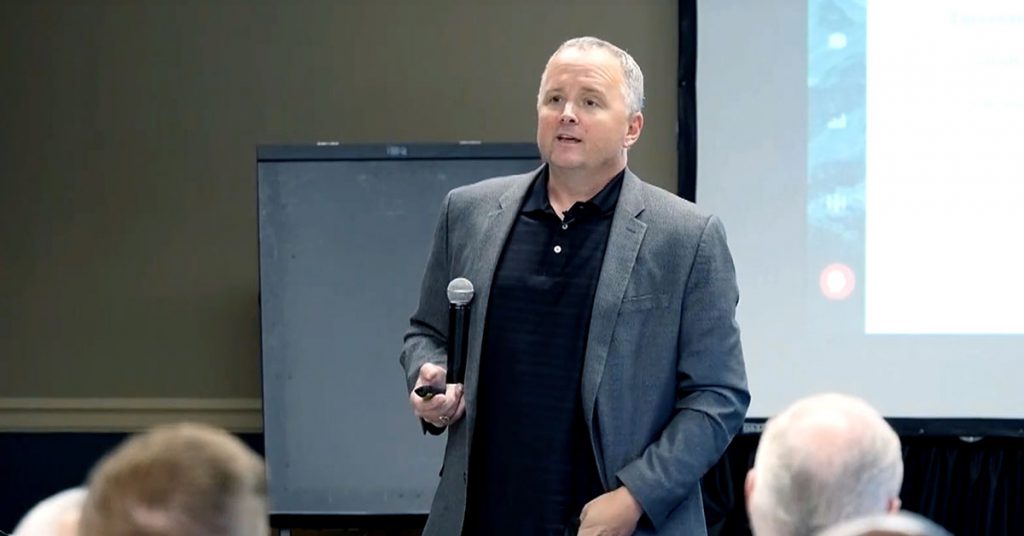Role of the C-Suite in Agile Transformations

Agile began as something only development teams needed to worry about – now organizations seek agility in how they do business and within their organizations. As organizations increasingly undertake Agile transformations, I see successful CXOs centered around these three guiding principles: organizational agility, investment tier, and cultural agility.
Organizational Agility
Customer expectations are on the rise – the success of digital disruptors like Uber, Netflix and Airbnb has every organization thinking about transforming their businesses in search of innovative ways to take products and services to market quickly. The Agile approach is centered on a customer first mentality, adjusting strategies on a continuous basis for new opportunities and responding to ambiguity with speed and flexibility. Companies struggle with this transformation. How can the C-suite help?
The role of the C-suite is no longer centered on overseeing operations. Within the Agile framework, teams are self-organized with assigned responsibilities. Senior leaders in the organization should focus on clarifying strategy and priorities so that teams are empowered to deliver on the organizational goals and decisions are made around clear mandates within the Agile governance framework.
Secondly, senior leaders can create the right dynamics to support Agile teams. Often organizations keep the existing reporting relationships while assembling skill-based teams to tackle the latest opportunities and/or challenges. Rethinking the structure and teams to support this stable reporting structure and dynamic team assembly demonstrates the importance of this balance.
Lastly, the C-suite can remove barriers that Agile teams face in institutional processes mean for more traditional operations – often these are challenges related to funding and governance. While there is a purpose to these structures, the shift to Agile may require the establishment of more flexible and rapid processes.
Investment Tier
Agile funding decisions are made in many organizations by product owners or by non-C-level leaders who are empowered with making decisions on new opportunities and allocate funds. These new opportunities are sometimes funded for a minimally viable product after which customer feedback determines whether or not the product gets subsequent funding. The role C-level executives play in these investment decisions are in setting a clear strategic direction and priorities so that these decisions are aligned to the company’s strategic priorities. However, the CXO plays a larger role when it comes to the funding of transformational ideas that significantly impact the company’s direction. Here the CXO should test for the feasibility, replicability, scalability, and ROI of the idea to help make the decision on whether to accelerate ahead or slow things down.
Cultural Agility
Agile cannot be the focus of just the CIO and technology teams anymore. Every senior leader must include it in their agenda to demonstrate the importance of the transformation across the organization. In fact, they need to be Evangelists and model the new mindset and behavior changes for a successful Agile transformation. In addition to modeling behavior, senior executives must focus on communication and reinforcing behaviors for Agile success. CXOs must communicate expectations from the organization, clearly articulate the way forward and celebrate key successes. They must also reinforce expected behaviors – the C-suite in particular can incorporate Agile KPIs into the performance metrics of their leaders to incentivize behavioral change.
Conclusion
As CXOs drive adoption of agility across their enterprise, here are the key takeaways for an Agile-focused C-suite.
- Establish clear strategy and priorities to empower Agile decision making
- Create the right dynamics across organizational structure and governance and remove institutional barriers
- Test transformational ideas for feasibility, replicability, scalability and ROI to make the decision on whether or not to accelerate investments
- Shape the organizational culture by modeling mindsets and behaviors, communicating frequently and reinforcing behaviors through institutional processes




